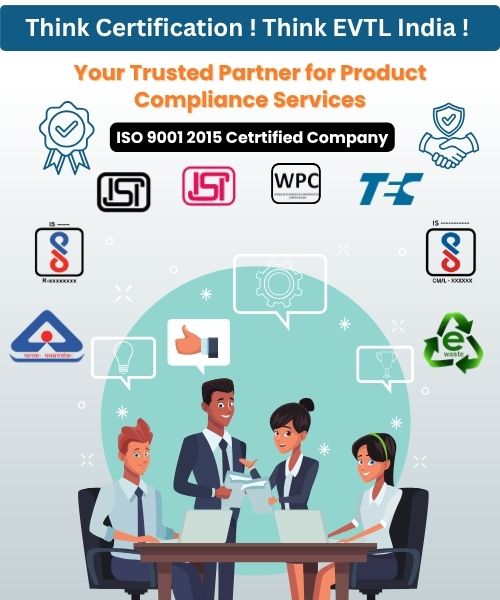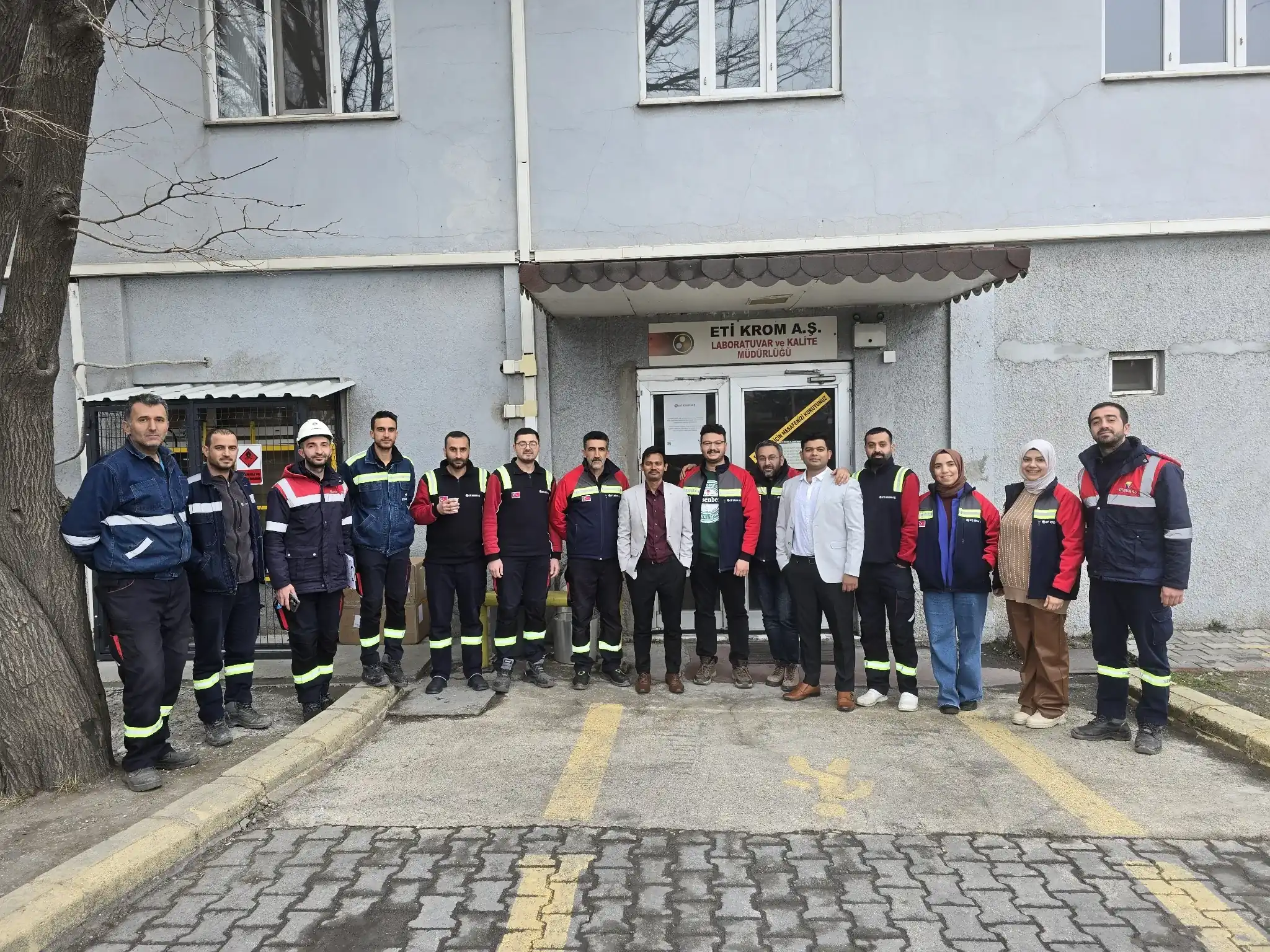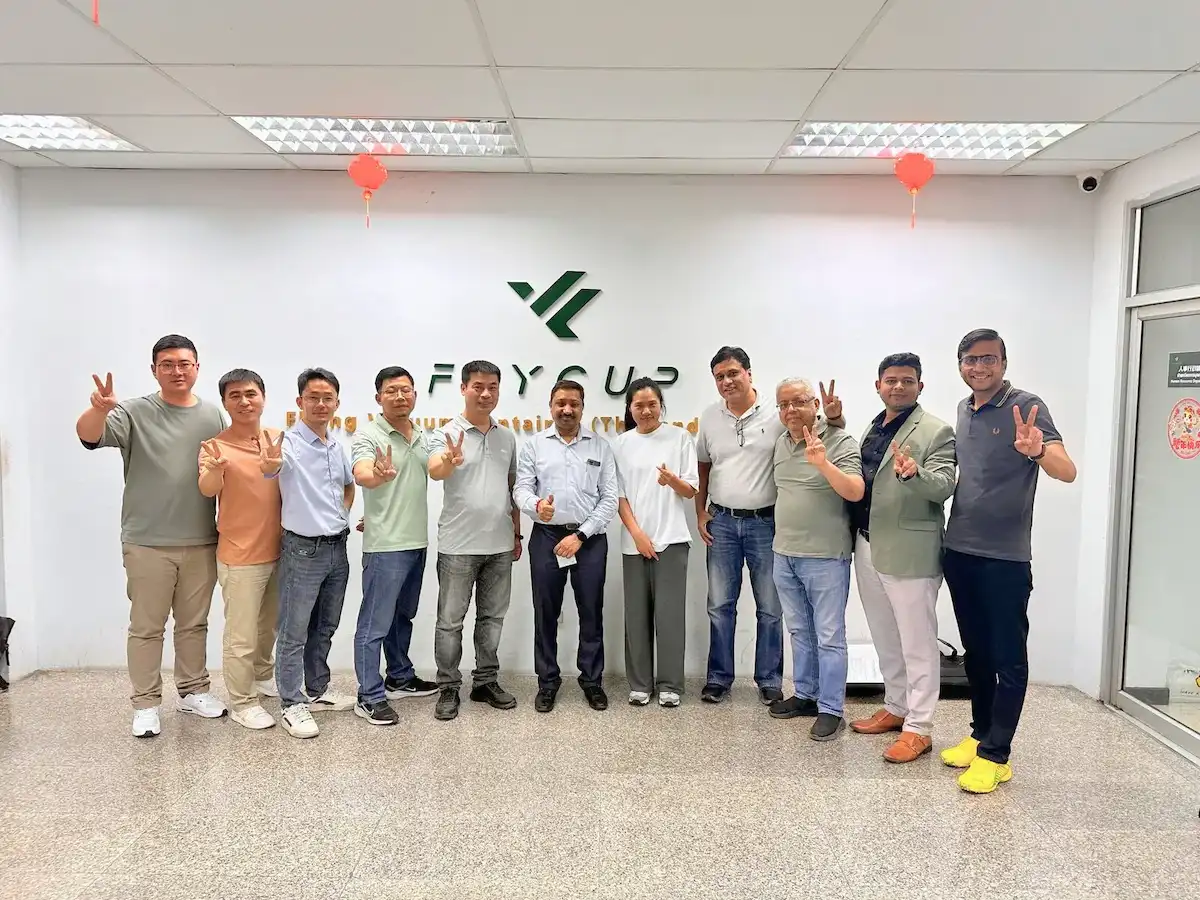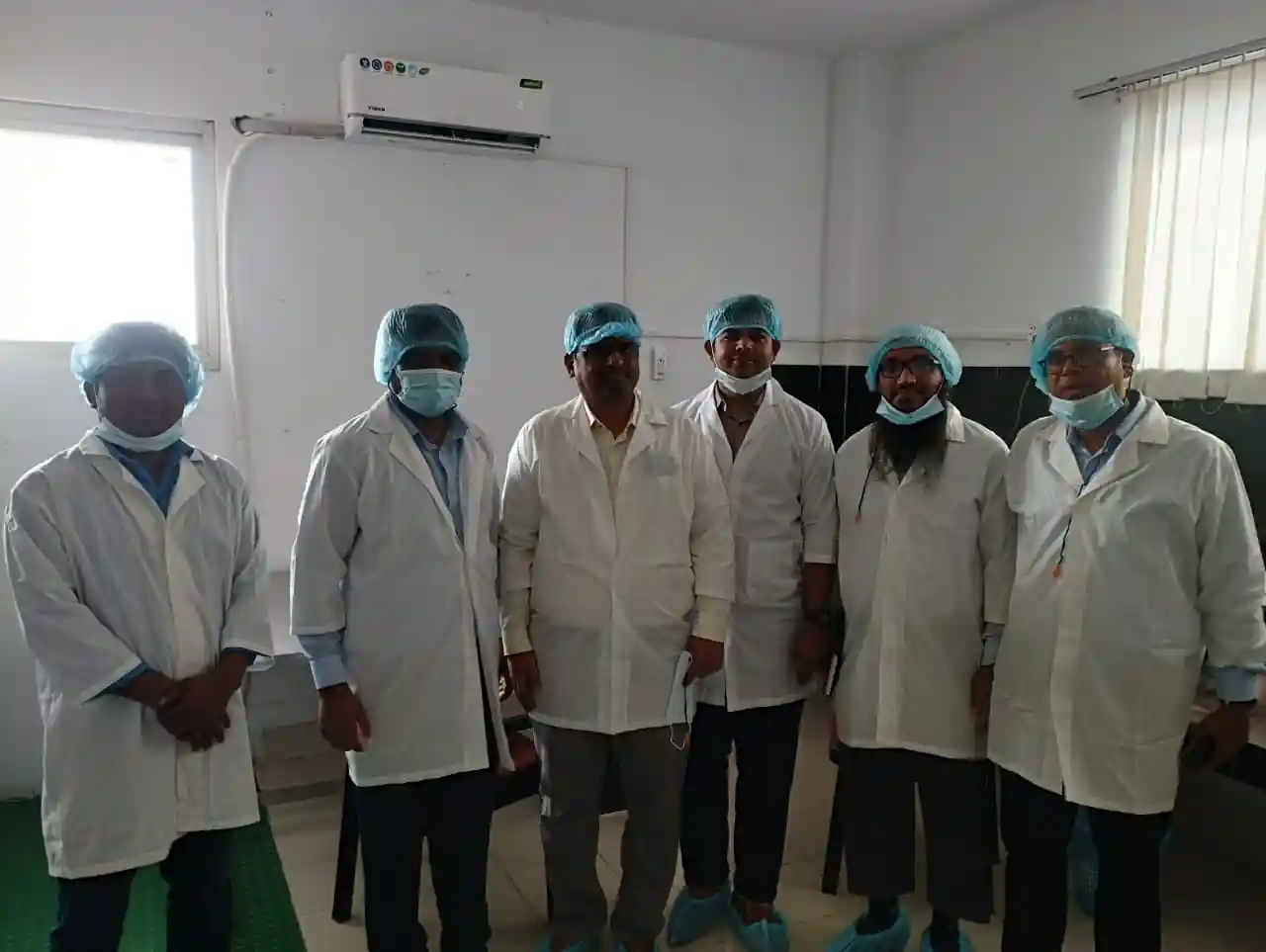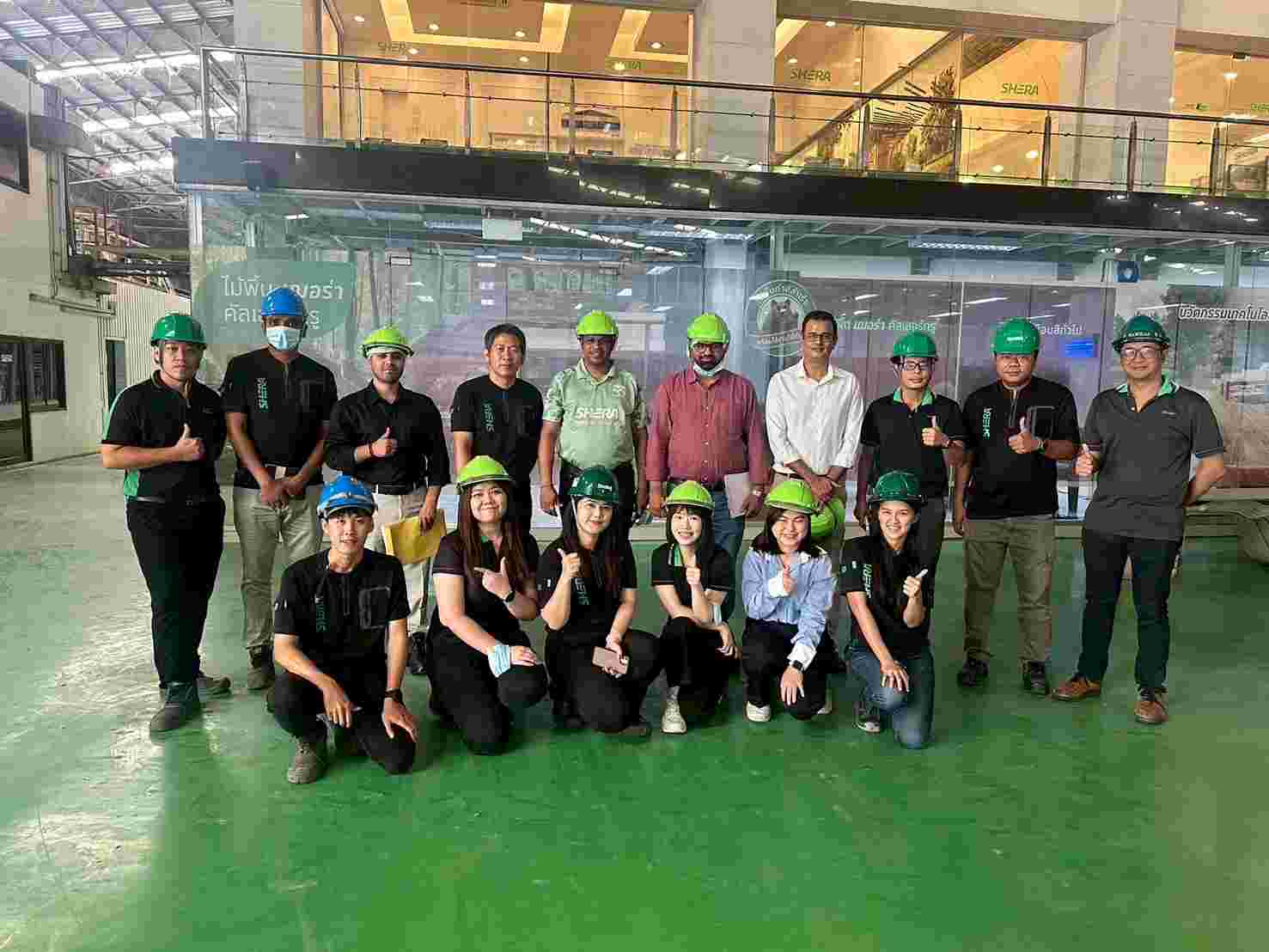Get A Quote
BIS Certification for Safety of Toys Part 7 Requirements and Test Methods for Finger Paints IS 9873 (Part 7): 2017
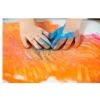
Use BIS Certification
for Safety of Toys Part 7 Requirements and Test Methods for Finger Paints IS
9873 (Part 7): 2017 to guarantee safe, creative play. For finger paints meant
for children, this certification standard specifies fundamental chemical and
physical safety standards, such as restrictions on heavy metals, preservatives,
and microbiological safety.
Parents and producers are reassured by compliance that the product satisfies strict safety standards in India. For toy companies making kid-safe finger paints, obtaining BIS certification guarantees legal market access throughout India, boosts product credibility, and fosters customer trust.
Finger paints used by
children are guaranteed to fulfil strict safety and quality standards according
to the BIS Certification for Safety of Toys Part 7 Requirements and Test
Methods for Finger Paints IS 9873 (Part 7): 2017. Manufacturers and importers
in India are now required to adhere to this standard as a result of the Toys
(Quality Control) Amendment Order, 2024. This rule covers labelling
regulations, allergenic compounds, and possible chemical dangers. Consumers and
brand reputation are safeguarded by following the BIS Certification for Safety
of Toys Part 7 Requirements and Test Methods for Finger Paints IS 9873 (Part 7):
2017.
Why is BIS certification necessary for Safety of Toys Part
7 Requirements and Test Methods for Finger Paints IS 9873 (Part 7) : 2017?
Finger paint
requirements and test procedures are outlined in BIS Certification for Safety
of Toys Part 7 (Part 7): To guarantee that children's finger paints are free of
poisonous materials and dangerous compounds, 2017 is essential. Strict test
procedures for heavy metals, microbiological contaminants, and ingestion
dangers are described in this certification standard. By making sure that only
non-toxic, skin-safe products are utilised, it protects children's health.
Adherence to BIS guidelines fosters consumer confidence and reassures parents
that approved toys and finger paints fulfil the strictest safety requirements
necessary for a child's welfare.
Also Read
Overview of Indian
Standard IS 9873 (Part 7): 2017
The safety
standards and testing procedures for kid-safe finger paints are outlined in
Indian Standard IS 9873 (Part 7): 2017. To make sure the paints are safe to use
and non-toxic, it includes parameters including pH levels, microbiological
contamination, heavy metal content limitations, and preservatives.
Additionally, the standard describes test procedures for assessing chemical and
physical safety factors. This section of the BIS toy safety series is crucial
for guaranteeing that toys intended for imaginative play are safe for kids to
touch directly.
Process for BIS Certification
The BIS certification process for Safety of Toys Part 7
Requirements and Test Methods for Finger Paints IS 9873 (Part 7) : 2017
involves multiple steps designed to thoroughly evaluate a product's compliance
with the required standards. Here is a general overview of the certification
process:
1. Application Submission:
Manufacturers must submit an application form along with the required
documentation to BIS.
2. Documentation Review: BIS
reviews the submitted documents to ensure completeness and correctness.
3. Factory Inspection: BIS
officials conduct an on-site inspection of the manufacturing facility to assess
the production process and quality control measures.
4. Sample Testing: Product samples
are taken and tested in BIS-approved laboratories to verify compliance with
Indian standards.
5. Certification Grant: Upon
successful completion of the inspection and testing, BIS grants certification,
allowing the manufacturer to use the BIS mark on their products.
Documents Required for BIS Certification
To apply for BIS certification, manufacturers need to submit the following documents:
● Application form
● Manufacturing process details
● Quality control plan
● Test reports from BIS-approved laboratories
● Factory layout and equipment details
● Proof of business registration
● Product specifications and technical details
● Declaration of conformity to Indian standards
Additionally, manufacturers may be required to provide proof of compliance with environmental and safety regulations, depending on the specific type of product being certified.
BIS Documents For Domenstic and Foreign Manufacturer Check
BIS ISI Mark Certification Costing And Timeline
To Know The Process in Detail, Please Visit:
Under BIS Registration Products ISI and CRS
Conclusion
To safeguard young users from potential risks, it is essential to ensure the safety of children's toys, particularly painting supplies like finger paints. In addition to enhancing product safety, adherence to BIS Certification for Safety of Toys Part 7 Requirements and Test Methods for Finger Paints IS 9873 (Part 7): 2017 fosters customer trust. Strict testing methods are required by this certification to confirm that finger paints' physical and chemical characteristics are safe for children to use, washable, and non-toxic. At EVTL India, we assist manufacturers in effectively fulfilling all regulatory requirements by guiding them through the intricacies of the certification process. Businesses may improve their market presence and brand reputation in addition to ensuring product compliance by adhering to the BIS standards. Securing BIS Certification for Safety of Toys Part 7 Requirements and Test Methods for Finger Paints IS 9873 (Part 7): 2017 is a proactive step towards responsible manufacture in light of growing consumer awareness and regulatory scrutiny.
Free Call Back
Latest News & Update
📅 BIS Critical Component List (CCL) Updates for Solar PV Modules
🕒 BIS Fee Concessions for MSMEs and Startups | EVTL India
📅 Guidelines for Implementation of Essential Requirements for Security of CCTV
🕒 Omnibus Technical Regulation (OTR) Amendment Order, 2025
🕒 Extension of Timeline for Filing Annual Returns by Battery Producers
📅 Extension of Timeline for Filing Quarterly and Annual Returns for E-Waste
🕒 Extension of Concurrent Running Period for IS 302-1: 2008 and IS 302 (Part 1): 2024
🕒 BIS Guidelines for Grant of Licence (GoL) | EVTL India
📅 CPCB Guidance on filing of Application, Fees and more
🕒 CPCB Notification on Labelling of Plastic Packaging
📅 Mandatory Compliance for Input Materials of Steel and Steel Products for Imports
🕒 BIS Guidelines for Scheme-X Certification for OTR-Regulated Products
📅 BIS Upgrades Product Certification License Numbers to 10-Digit Series
🕒 BIS Certification No Longer Mandatory for 14 Chemical & Polymer Categories
Why Choose EVTL INDIA
Expertise in Indian Regulatory Standards
End-to-End Support
Trusted by Top Indian & Global Brands
Fast Processing & Transparent Pricing
Strong Liaison with Indian Authorities
Company Profile